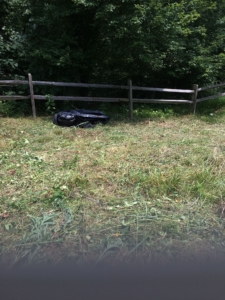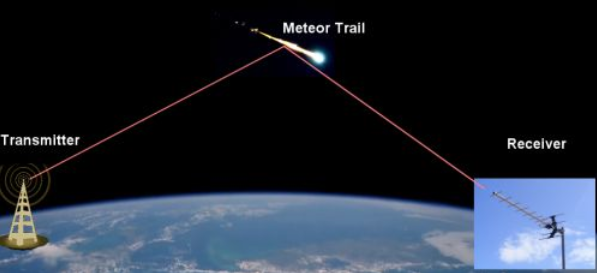Parks for Pollinators Bioblitz, September 9th
Image Courtesy of the Clifton Institute
Saturday, September 9, 2023
10:00 AM – 1:00 PM
Cost: Free!
Riverside Preserve
8150 Leeds Manor Rd
Marshall, VA 20115
Come along while the Clifton Institute partners with the Fauquier County Department of Parks and Recreation to participate in the Parks for Pollinators Bioblitz!
Participants will explore Riverside Preserve with the goal of documenting as many different kinds of butterflies and bees as possible! This event is part of the Fauquier County Bee City USA initiative to learn about and conserve pollinators in the county. All levels of naturalists are welcome!
Please note that this program meets at Riverside Preserve, NOT at the Clifton Institute. The address is 8150 Leeds Manor Rd, Marshall, VA 20115. Participants will meet by the environmental education shed / port-a-potty. You can park on the lawn near the building, or you can drive all the way to the lot at the bottom of the hill and walk back up.
Age: Adults and children accompanied by an adult.
Weather policy: Rain or shine except in case of extreme weather (e.g. thunderstorm or significant snow fall). Please check your email for updates on the morning of the event.
COVID-19 Information: This program will be entirely outdoors (an outside porta potty will be available). Please do not attend if you are experiencing or have experienced in the last two weeks any symptoms associated with COVID-19 (fever, cough, shortness of breath, etc.).
Registration is REQUIRED.
Cancellation policy: If you register and can no longer attend this event, please let organizers know as soon as possible so that they can open your spot to someone else.
By registering for this event, you are affirming that you have read and agree to the Clifton Institute liability release policy.


















